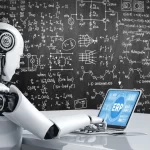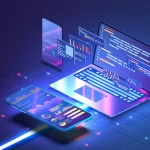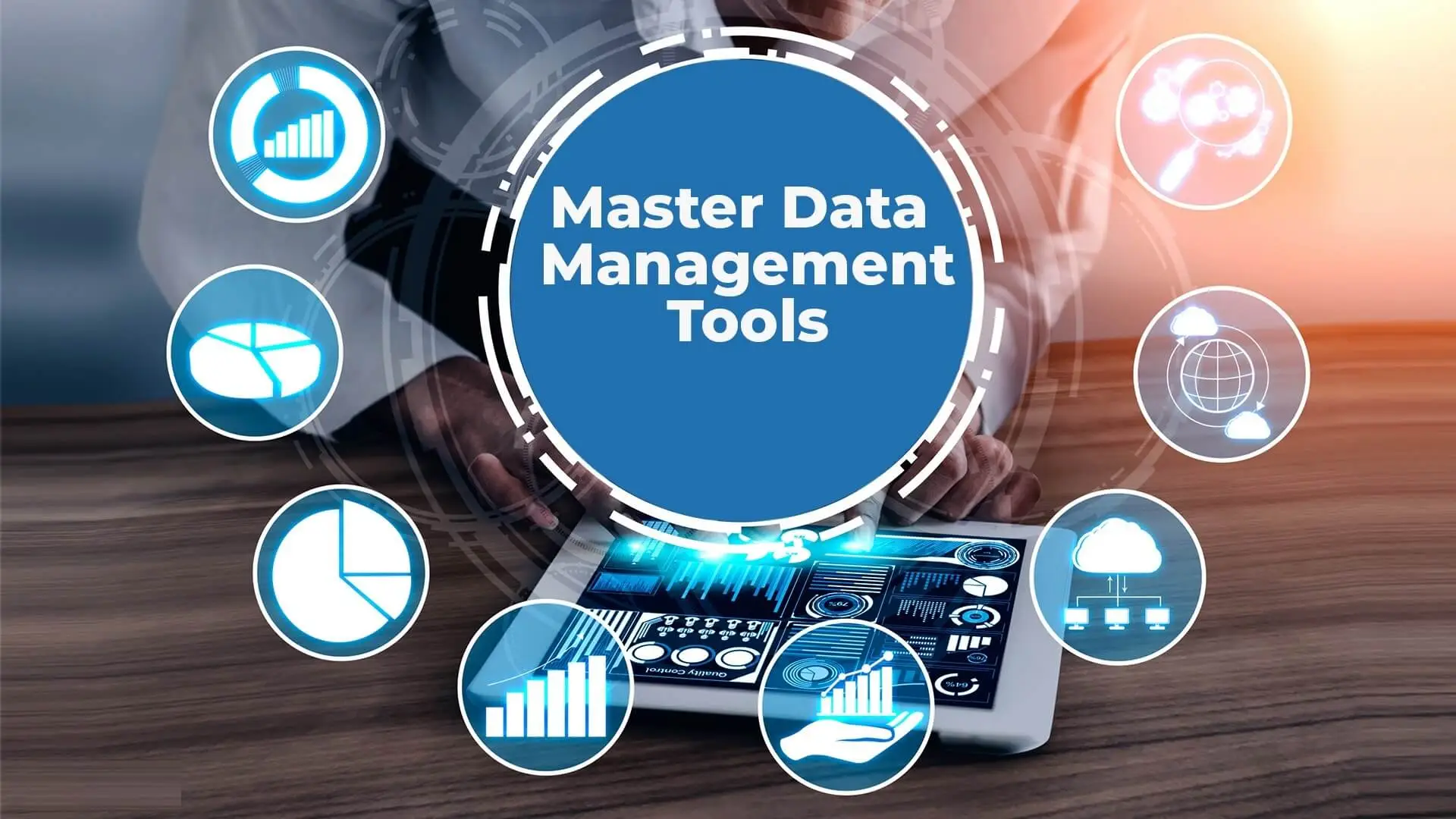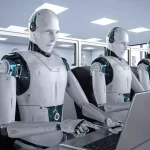An Introduction to Robot Operating Systems – Bringing Robotics to Life
Robot Operating Systems (ROS) allow researchers and developers to focus on creating advanced robot behaviors while abstracting away the complexity of underlying hardware. As the most popular Robot Operating System, ROS provides standard operating system-like functionality to help developers of robotic applications. In this post, we will explore the capabilities of ROS and highlight some of the most commonly used Robot Operating Systems.
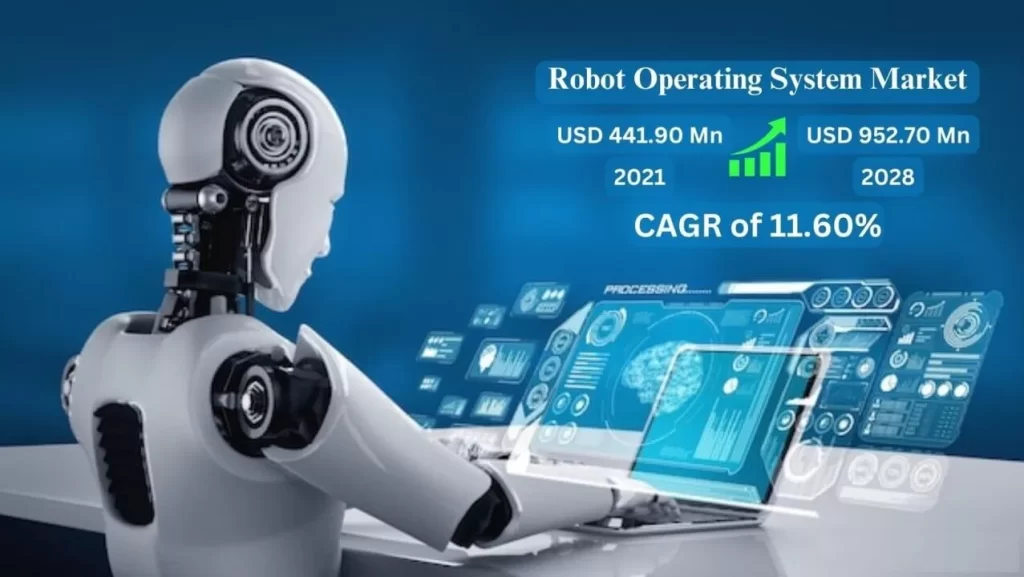
Content
What is a Robot Operating System?
ROS provides services designed for robotic products, such as hardware abstraction, low-level device control, implementation of commonly used functionality, message-passing between processes, and package management. It acts as a middleman between the robot’s physical components like sensors and actuators and high-level logical functions like navigation and planning. ROS simplifies the task of creating complex and robust robot behavior across a wide variety of robotic platforms.
Popular Robot Operating Systems
There are several open-source Robot Operating Systems in use today. Here are some of the most widely adopted:
- ROS (Robot Operating System): Originally developed by Willow Garage, ROS is the most popular ROS with a large community and extensive package ecosystem. It is used for applications ranging from industrial robots to autonomous vehicles.
- ROS 2: The next generation of ROS, ROS 2 has been redesigned for performance, scalability, and quality-of-service features. It introduces new programming concepts like nodes, topics, services and actions.
- OpenCR: A lightweight ROS for embedded devices and low-cost robots. It aims for a small memory footprint and minimal dependencies. OpenCR is commonly used in drones, robot arms and other small autonomous systems.
- ROS-Industrial: An extension of ROS for industrial applications, including support for real-time capabilities, deterministic communications, and standard robotics interfaces. Used for applications like logistics robots, autonomous guided vehicles and industrial machinery.
Applying ROS in Practice
To understand how ROS is applied, let’s look at a hypothetical example of building a self-driving robot. The robot would use ROS to abstract away:
- Low-level hardware like motors, sensors and computer vision cameras
- Simultaneous localization and mapping (SLAM) for navigation
- Path planning and obstacle avoidance
- High-level autonomous behaviors and logic
Developers could focus on algorithms rather than hardware details, and reuse existing ROS packages for functions like SLAM, avoiding reinventing the wheel. The modular design of ROS also makes it easy to debug, modify or upgrade individual components without disrupting the whole system.
In Summary
Robot Operating Systems handle low-level hardware details so developers can focus on high-level behaviors. As the leading open-source ROS, ROS provides a robust framework and large ecosystem of packages to simplify creation of robotic applications. Whether you’re building an industrial robot arm or self-driving vehicle, ROS streamlines development and enables reuse of solutions to common robotics problems. With continued advancement of ROS and related technologies, robotics is being brought to life in new problem domains every day.
FAQs
What programming languages are supported by ROS?
The most common languages used with ROS are C++ and Python. But ROS also supports other languages like Lisp, Java, MATLAB and Ruby via ROS bindings. This allows developers to choose the language best suited to their needs.
How can ROS help with robot simulation?
ROS includes tools like ROS/Gazebo for simulating robots and their environment. This allows testing robot code in a safe virtual environment before deploying to real hardware. It’s also useful for developing and testing vision, navigation and AI algorithms without requiring physical robots.

Shawn Davis is a wonderful person. He is very nice and always willing to help out! He loves his job because it lets him share interesting things with people who want to know about new developments in the world of technology.

